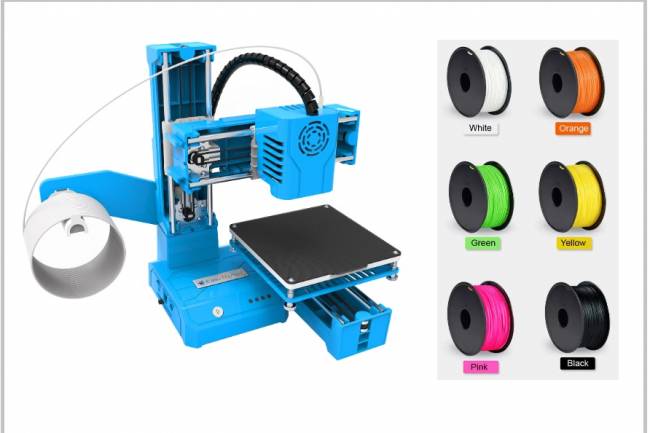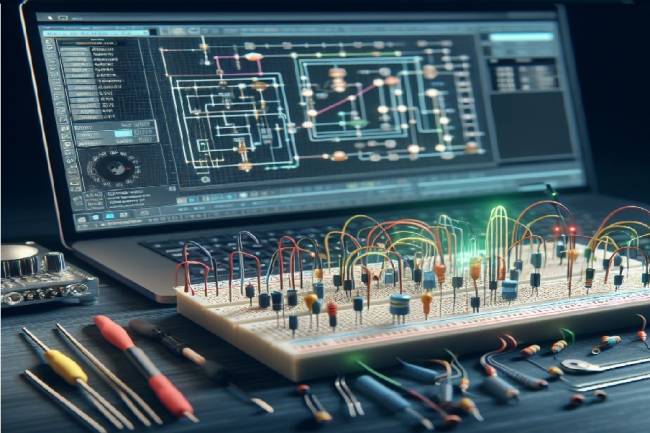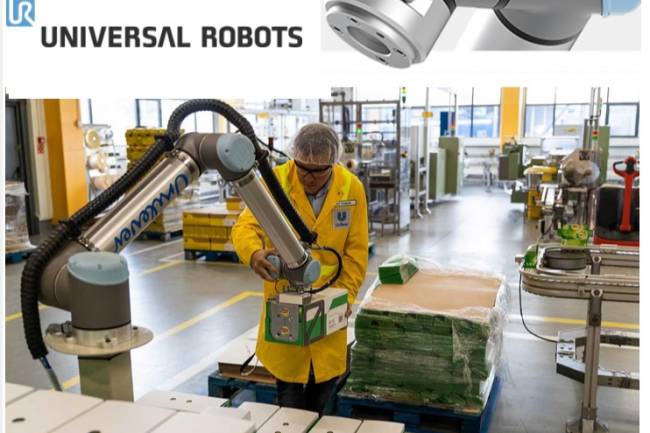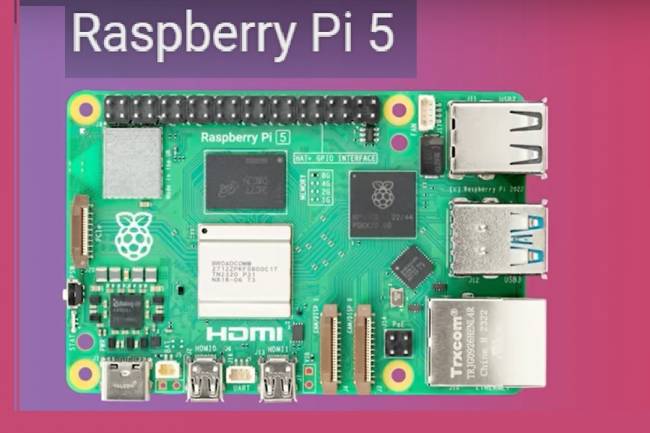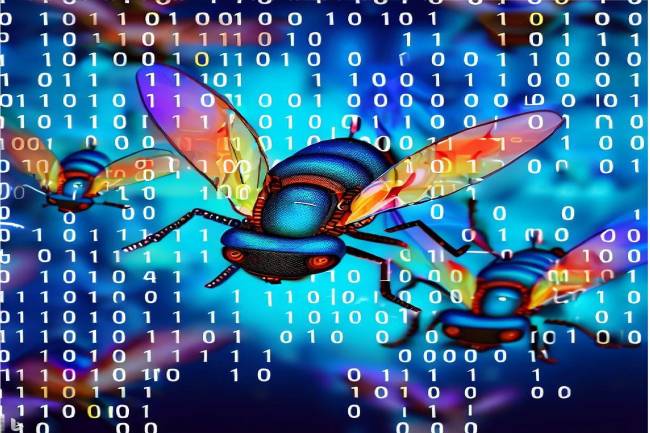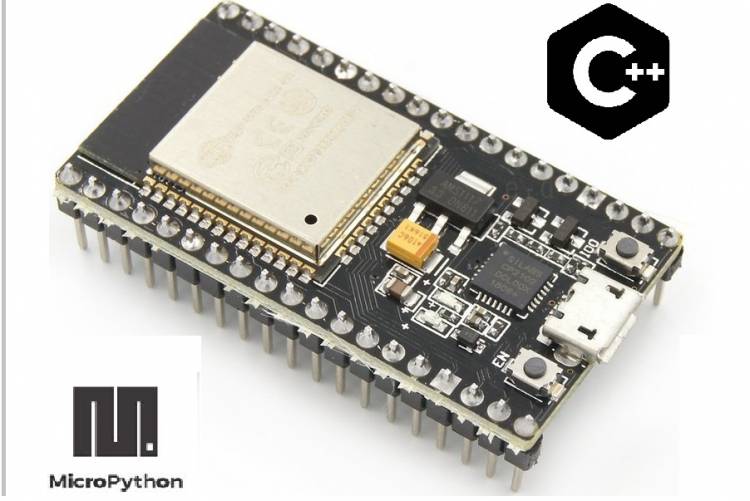
ESP32 Series Microcontrollers and Programming Aspects
The evolving IoT (Internet of Things) industry is increasing demands for the flexibility and performance that microcontrollers provide for various applications. The ESP32 series integrates various features for a wide range of applications, especially with the models ESP32-WROOM-32, ESP32-WROOM-32D, ESP32-WROVER, ESP32-WROVER-B, ESP32-PICO-D4, ESP32-S2 and ESP32-C3. offers circuits.
1.ESP32-WROOM-32:
Dual-core Xtensa LX6 microcontroller (240 MHz)
520 KB SRAM, 4 MB Flash memory
WiFi and Bluetooth LE (Low Energy) connection
Wide range of peripherals such as GPIO pins, ADCs, I2C, SPI, UART
2.ESP32-WROOM-32D:
Optimized for lower energy consumption
WiFi and Bluetooth LE (Low Energy) support
Wide range of peripherals such as GPIO pins, ADCs, I2C, SPI, UART
3.ESP32-WROVER:
Expanded memory capacity with 4 MB PSRAM additional memory
Has more GPIO pins
WiFi and Bluetooth LE (Low Energy) connection
4. ESP32-WROVER-B:
Incorporates ESP32-WROVER with improved RF performance and more GPIO pins
WiFi and Bluetooth LE (Low Energy) support
5. ESP32-PICO-D4:
A compact module with integrated crystal oscillator and integrated antenna
4 MB Flash memory, 4 MB PSRAM additional memory
WiFi and Bluetooth LE (Low Energy) connection
6.ESP32-S2:
Single-core Xtensa LX7 microcontroller (240 MHz)
Lower power consumption and USB support
WiFi connection
7.ESP32-C3:
Single-core RISC-V microcontroller (160 MHz)
WiFi connection
Lower power consumption and compact size
Programming and Application Requirements:
Programming ESP32 microcontrollers can be accomplished through developer-friendly tools such as the Arduino IDE or ESP-IDF (Espressif IoT Development Framework). These platforms are supported by a large community and allow users to quickly develop their projects.
Depending on the needs of your project, it is important to consider these factors when choosing between ESP32 models:
Memory Capacity: Choose a model with enough Flash memory and SRAM to support your projects.
Energy Consumption: Models with low energy consumption can be preferred for battery-based projects or projects where energy efficiency is important.
GPIO Pin Count: Depending on the complexity of your projects, choosing models with a large GPIO pin count may provide more flexibility.
Communication Interfaces: Choose models that support various communication protocols such as I2C, SPI, UART, in accordance with the communication needs of your projects.
The ESP32 series caters to a wide range of applications, and choosing the appropriate model to suit the specific needs of your project is key to developing a successful and effective IoT application.
Programming ESP32 Series Microcontrollers:
ESP32 series microcontrollers can run on a variety of development environments that support different programming languages to appeal to a wide range of users. Languages commonly used in programming these microcontrollers are:
1. Arduino IDE:
ESP32 microcontrollers can be programmed using the Arduino programming language on the Arduino IDE. Arduino provides a user-friendly language and an integrated development environment (IDE).
2. C and C++:
ESP-IDF (Espressif IoT Development Framework) is a framework that enables original and lower-level programming of ESP32. This framework supports C and C++ languages and provides more control.
3. MicroPython:
The ESP32 series can run a lightweight version of the Python language called MicroPython. This allows developers who love the Python language to program the ESP32 with Python.
4. JavaScript (Espruino):
Platforms like Espruino provide an option to program ESP32 microcontrollers using JavaScript. This appeals to developers who prefer to use JavaScript skills in web-based or IoT projects.
Each language has advantages and disadvantages, and the choice will depend on your project's needs, developer preferences, and experience. While the Arduino IDE generally provides convenience for beginner users, frameworks such as ESP-IDF offer greater control and customization.



